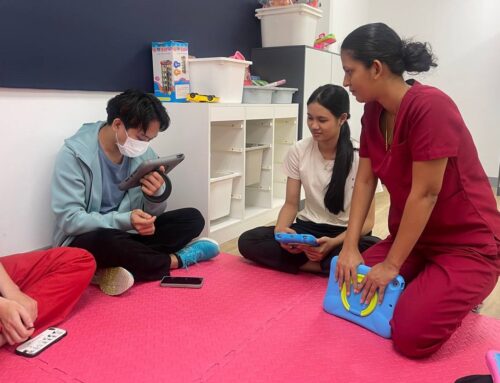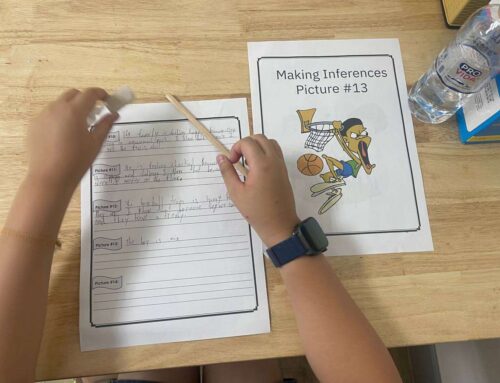When children struggle to hold a regular pencil, writing quickly becomes stressful for them and for the adults supporting them. Adaptive pencils give children a more stable, comfortable grip so they can focus on ideas instead of fighting the pencil. At OrbRom Center, many of our learners use adaptive pencils as part of a wider plan to build fine motor skills and confidence at school and at home.
Adaptive Pencils and Who They Help
Adaptive pencils are specially shaped writing tools that support the fingers in a more natural, relaxed position. They are helpful for children with low muscle tone, poor hand strength, dyspraxia, autism, ADHD, or simply delayed fine motor development.
Some children press too hard, others grip too tightly, and many tire quickly when writing. By guiding the fingers into a functional grasp, adaptive pencils reduce strain and allow children to write for longer with less fatigue. They are an excellent complement to occupational therapy and other supports that focus on fine motor development and school readiness.
Parents who want to understand how these tools fit into a bigger plan can read more about what occupational therapy is and how it supports daily skills.
Adaptive Pencils and Fine Motor Skills
Fine motor skills are the small, precise movements that allow children to hold cutlery, button shirts, and of course, write. When these skills are weak, handwriting becomes messy and slow. Research and practice both show that strengthening the hand, wrist, and fingers is essential for success in school. You can learn more in our guide on the importance of fine motor skills in child development.
In therapy sessions at OrbRom Center, adaptive pencils are used alongside activities like threading beads, using tweezers, or playing with putty and clay. These activities build the muscles needed to control a pencil. Our therapists also design play-based tasks, inspired by approaches described in occupational therapy for children, so children stay engaged while they practice.
For some learners, pre-writing is the main goal. Tracing shapes, drawing lines, and copying simple patterns with adaptive pencils helps prepare them for formal handwriting. Families can explore more ideas in our article on boosting pre-writing and literacy readiness through occupational therapy and on developing fine motor skills through clay play.
Using Adaptive Pencils at Home, School, and Therapy
Adaptive pencils work best when everyone uses them consistently—at home, in therapy, and in the classroom. Parents can encourage short, fun writing tasks instead of long copying exercises: drawing a shopping list, labeling family photos, or writing a quick note to a teacher. Teachers can allow children to use adaptive pencils in class tests and homework so they do not fall behind their peers.
At OrbRom Center, our occupational therapy service includes individual assessment of each child’s grip, posture, and fine motor abilities. When needed, our team may also recommend formal assessments to understand wider learning or developmental needs and to design a full intervention plan.
For families in Phnom Penh looking for practical, evidence-based support, adaptive pencils are a simple but powerful tool. Combined with occupational therapy and a supportive school environment, adaptive pencils can turn handwriting from a daily battle into a manageable, even enjoyable, part of learning.
We are the only Preschool specialized on children with special needs in PhnomPenh.
- Internationally qualified teachers
- Cambodia’s largest sensory room
- Outdoor swimming pool
- Covered outdoor playground
📞 Phone: 077.455.993
Telegram Link: https://t.me/OrbRom






Leave A Comment